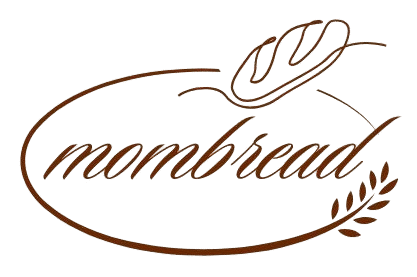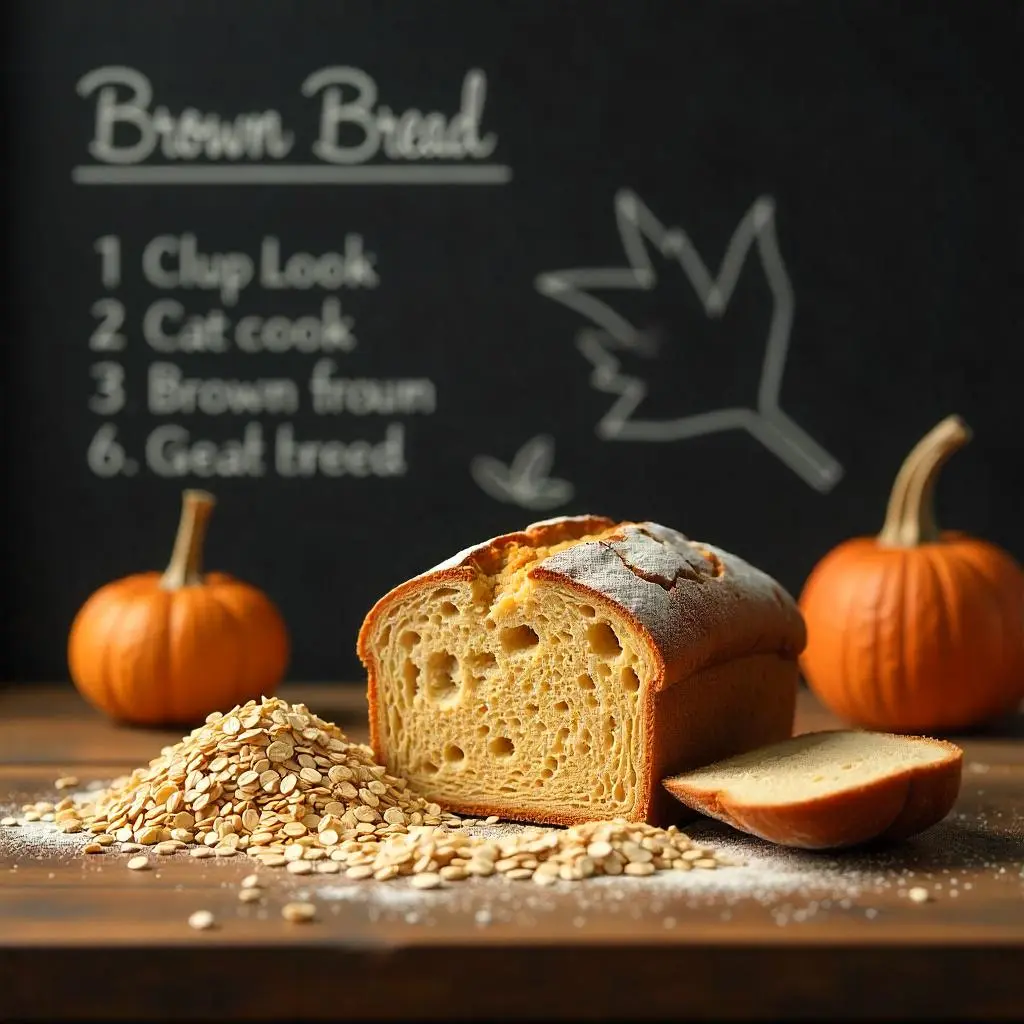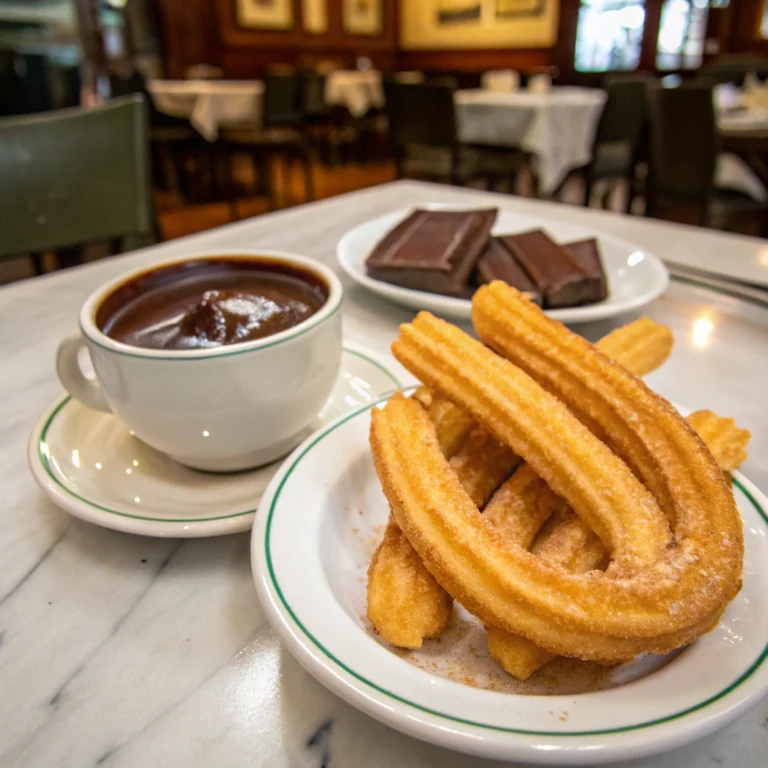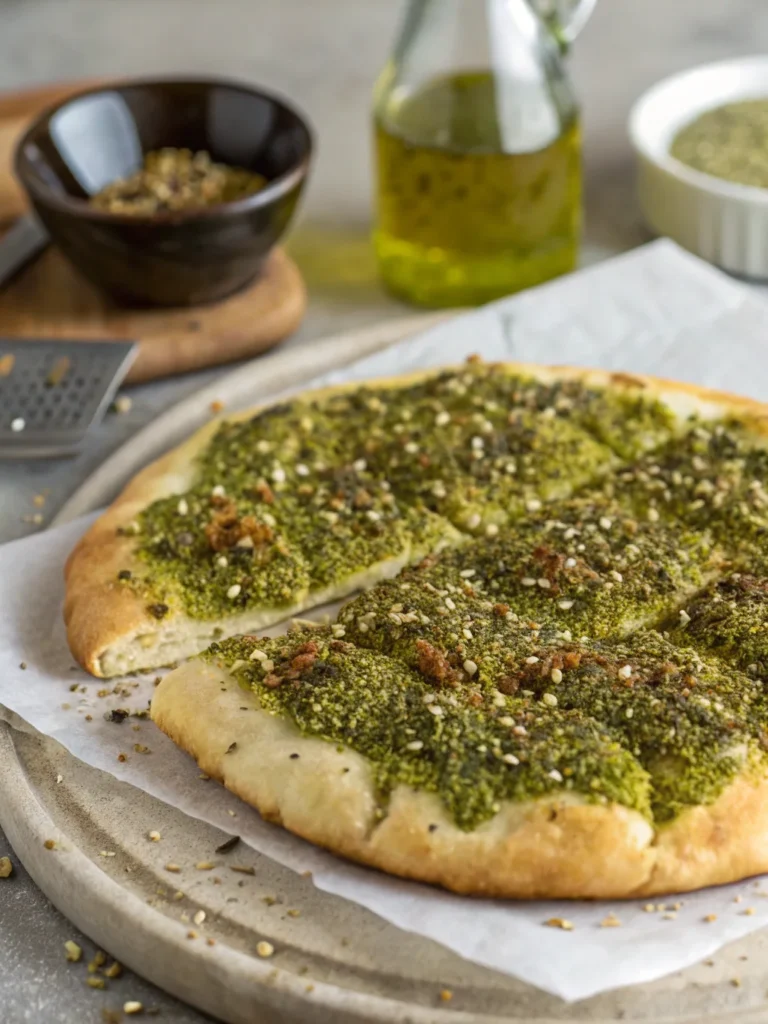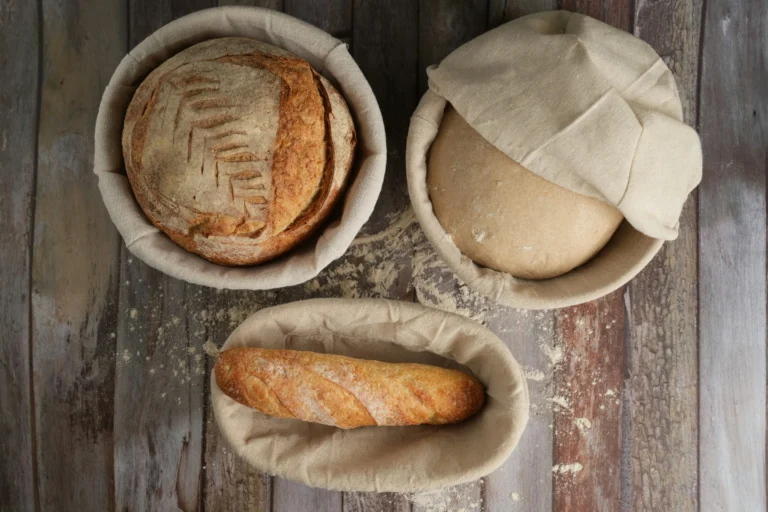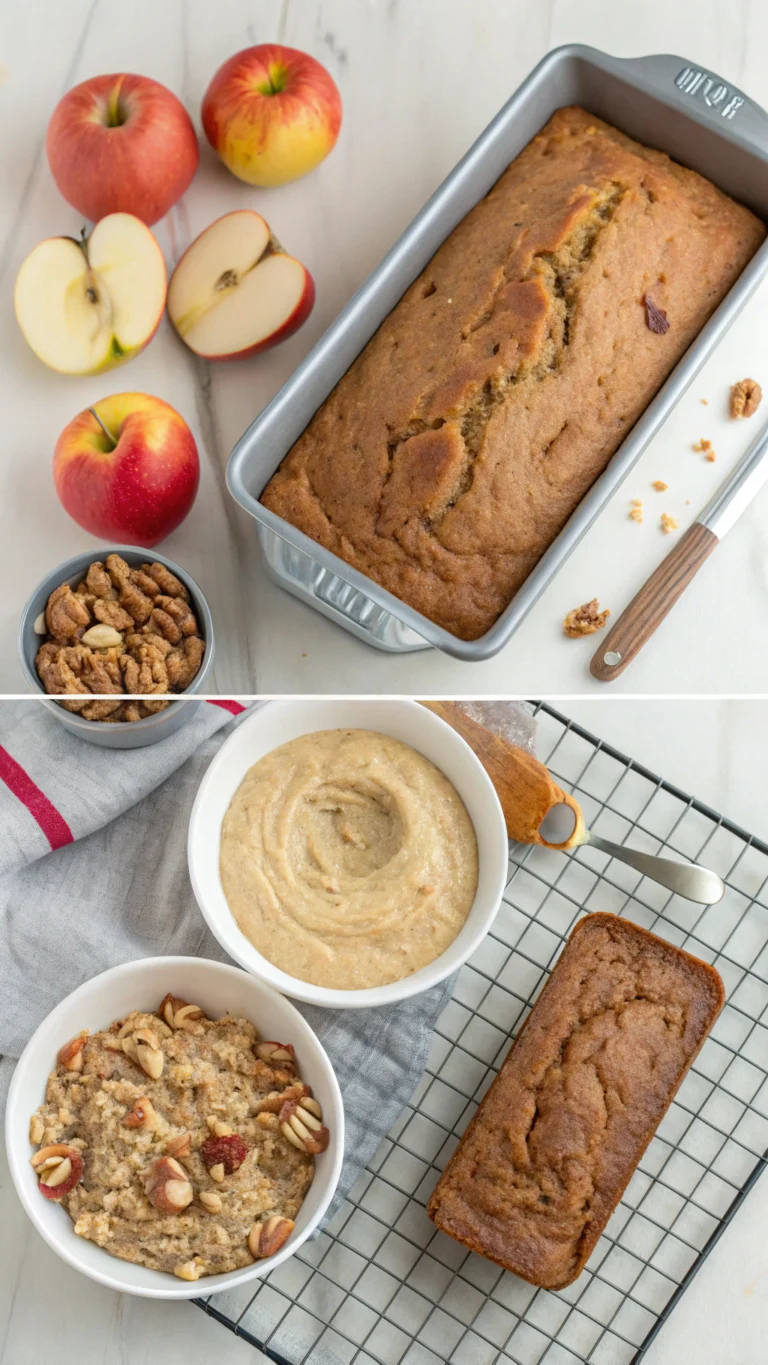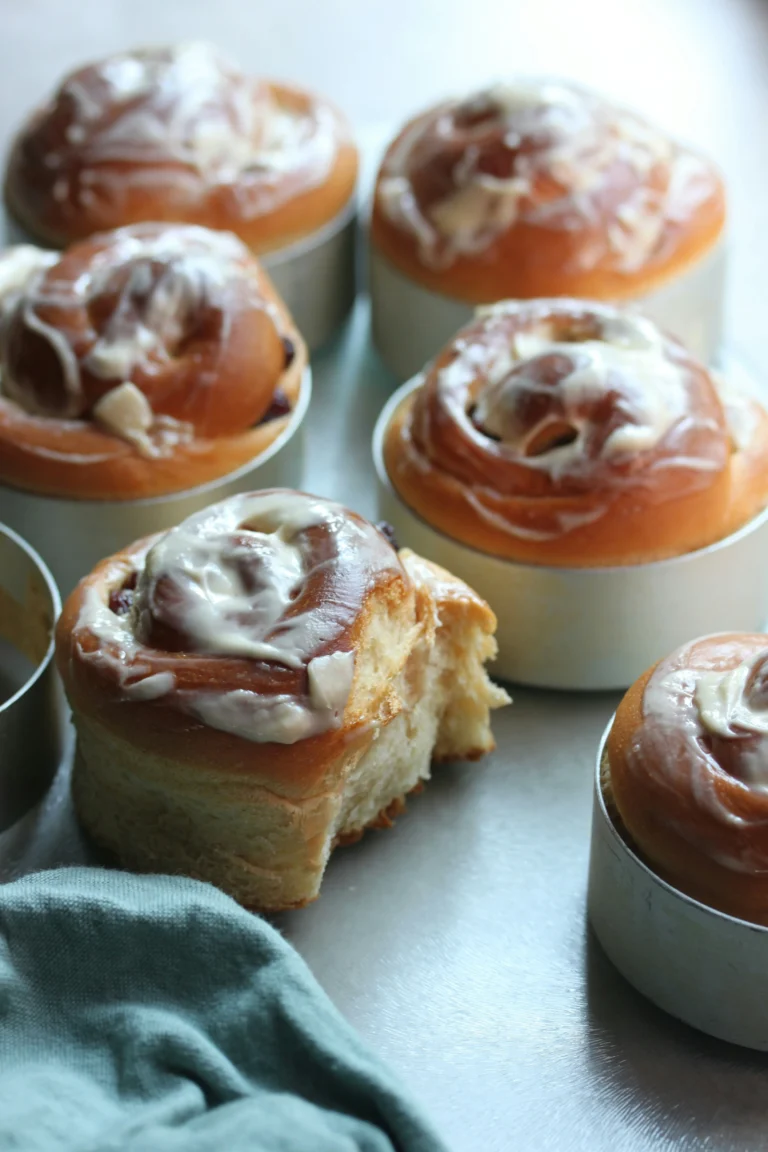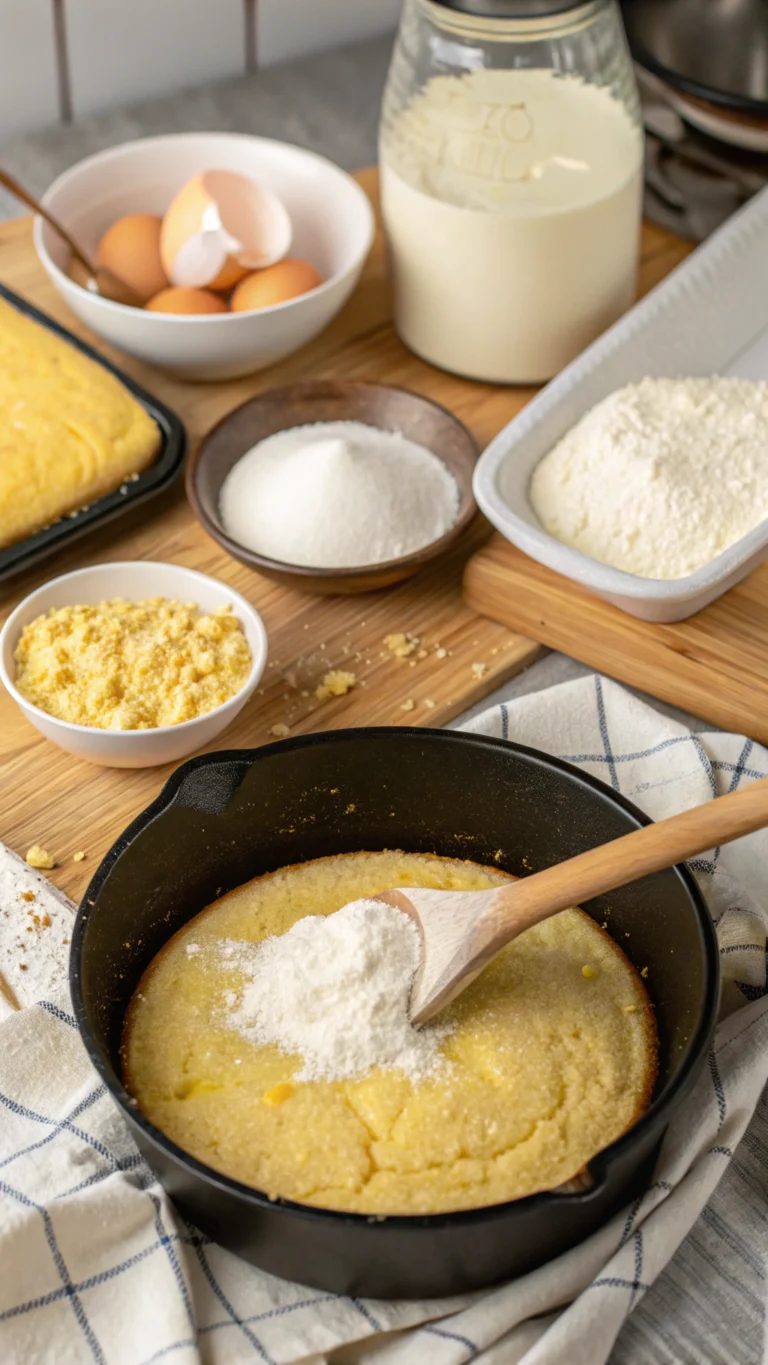Brown Bread Recipe: 7 Tips for the Best Homemade Loaf!
There’s something special about baking your own homemade loaf. The process is therapeutic, and the result is a deliciously fresh bread that’s hard to find in stores. As someone who’s spent years perfecting their baking skills, I’m excited to share my expertise with you.
Thank you for reading this post, don't forget to subscribe!
brown bread recipe
In this article, I’ll introduce you to the world of homemade brown bread, sharing 7 essential tips to help you create the perfect loaf. From selecting the right ingredients to mastering the baking process, you’ll learn everything you need to know to become a skilled bread baker.
If you’re passionate about homemade bread, there’s one book that every true baker should own — The Tassajara Bread Book. More than just a collection of recipes, this timeless classic is a journey into the heart of traditional breadmaking.
Originally published in the 1970s, this book has inspired generations of bakers with its meditative approach and simple, soulful techniques. Whether you’re a beginner or a seasoned baker, The Tassajara Bread Book will guide you with warmth and clarity through the process of making bread by hand.
What makes it special?
- Step-by-step instructions with heart-centered philosophy
- Emphasis on mindfulness and presence in the kitchen
- Ideal for lovers of artisan and natural bread
Bring the soul back into your baking.
🍞 Grab your copy on Amazon today and rediscover the magic of homemade bread.
Table of Contents
The Magic of Homemade Brown Bread
The process of creating your own brown bread from scratch is both therapeutic and delicious. Baking homemade brown bread allows you to control the ingredients, ensuring a healthier alternative to store-bought options. With expert bread baking insights, you can perfect your technique and enjoy the satisfaction of a freshly baked loaf.
Why Brown Bread Deserves a Place in Your Kitchen
Brown bread is more than just a staple; it’s a nutritious addition to any meal. By incorporating homemade brown bread recipe into your routine, you can enjoy a versatile food that pairs well with a variety of dishes. Whether you’re making sandwiches or serving alongside soups, brown bread is a great choice.
Health Benefits of Brown Bread
Brown bread is rich in fiber, vitamins, and minerals, making it a healthier option compared to white bread. The whole grains used in brown bread provide sustained energy and support digestive health. By choosing homemade brown bread, you can avoid preservatives and additives found in commercial bread products.
A Brief History of Brown Bread
The history of brown bread is a rich tapestry woven from the threads of tradition and innovation. As a staple food in many cultures, brown bread has a fascinating past that spans centuries.
Cultural Significance Across Different Regions
Brown bread has played a significant role in various regional cuisines, often symbolizing community and tradition. In Europe, for instance, dense breads like German Vollkornbrot and Irish brown bread are cherished for their hearty texture and flavor. In other parts of the world, such as India, whole wheat roti is a staple, highlighting the versatility of brown bread across cultures.
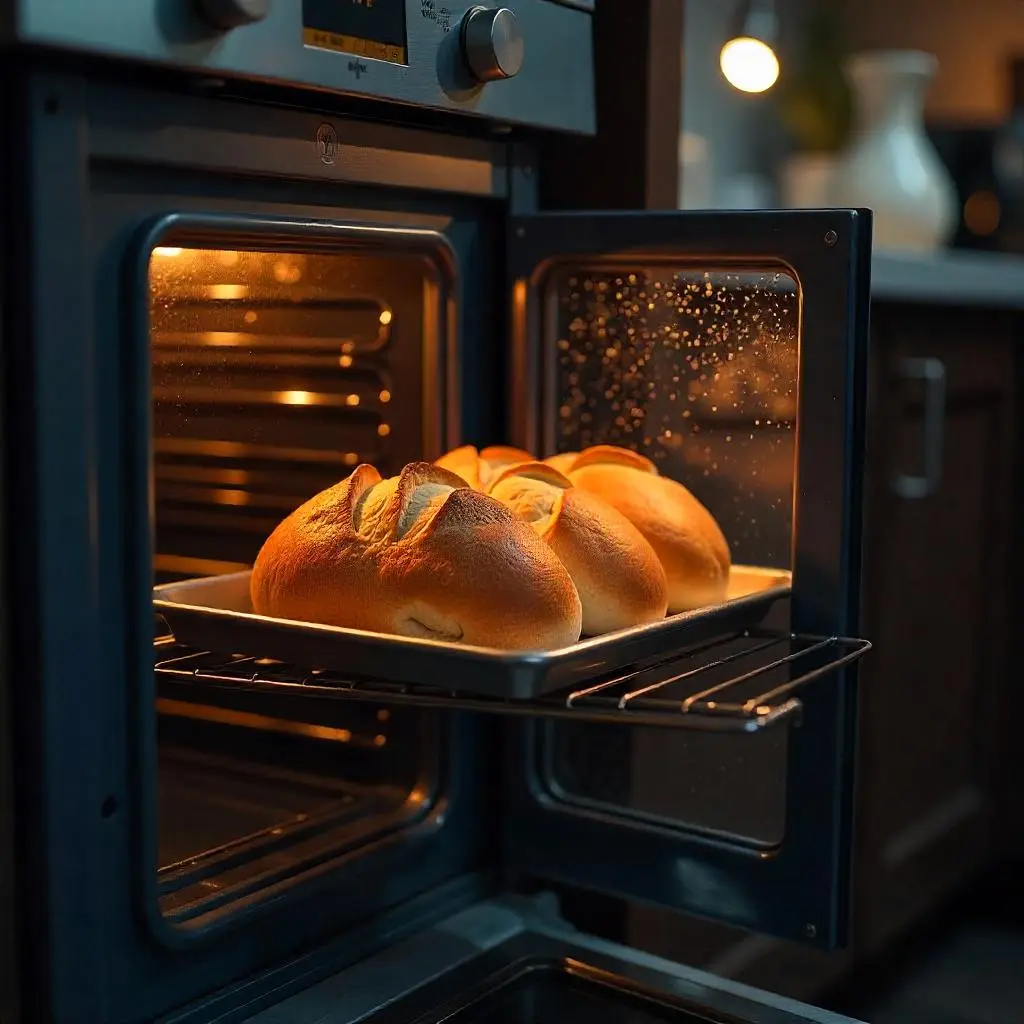
Evolution of Brown Bread Recipes
Over time, brown bread recipes have evolved, influenced by factors like ingredient availability and baking techniques. Modern recipes often blend traditional methods with new ingredients, such as ancient grains and nuts, to create a diverse range of flavors. The table below highlights some key differences in traditional and modern brown bread recipes.
| Characteristics | Traditional Brown Bread | Modern Brown Bread |
| Ingredients | Whole wheat flour, water, salt, yeast | Whole wheat flour, ancient grains, nuts, seeds |
| Baking Techniques | Hand kneading, wood-fired ovens | Machine kneading, steam ovens |
| Flavor Profile | Earthy, dense | Diverse, with added textures and flavors |
By understanding the history and cultural significance of brown bread, we can appreciate the craftsmanship that goes into creating this beloved food.
Essential Ingredients for the Perfect Brown Bread
The foundation of a great brown bread lies in its ingredients, which play a crucial role in its texture and flavor. To bake a perfect loaf, it’s essential to understand the role of each component.
Flour Selection: Whole Wheat and Beyond
Choosing the right flour is the first step. Whole wheat flour is a staple for brown bread, providing a nutty flavor and dense texture. You can also experiment with other types of flour, such as rye or oat flour, to create different flavor profiles.
Sweeteners and Fats
Sweeteners like honey or sugar, and fats such as butter or oil, contribute to the bread’s flavor and texture. They help to balance the earthiness of whole wheat and enhance the browning process.
Yeast and Leavening Agents
Yeast is a critical ingredient for leavening, giving the bread its rise. Active dry yeast or instant yeast can be used, and it’s essential to test the yeast’s viability before mixing the dough.
| Ingredient | Function | Options |
| Flour | Provides structure and texture | Whole wheat, rye, oat |
| Sweeteners | Adds flavor and aids browning | Honey, sugar, maple syrup |
| Fats | Enhances flavor and texture | Butter, oil, margarine |
| Yeast | Leavening agent | Active dry yeast, instant yeast |
Equipment You’ll Need for Baking Success
Baking the perfect brown bread requires more than just ingredients; it demands the right tools. Having the appropriate equipment can significantly impact the quality of your final product, making the baking process more efficient and enjoyable.
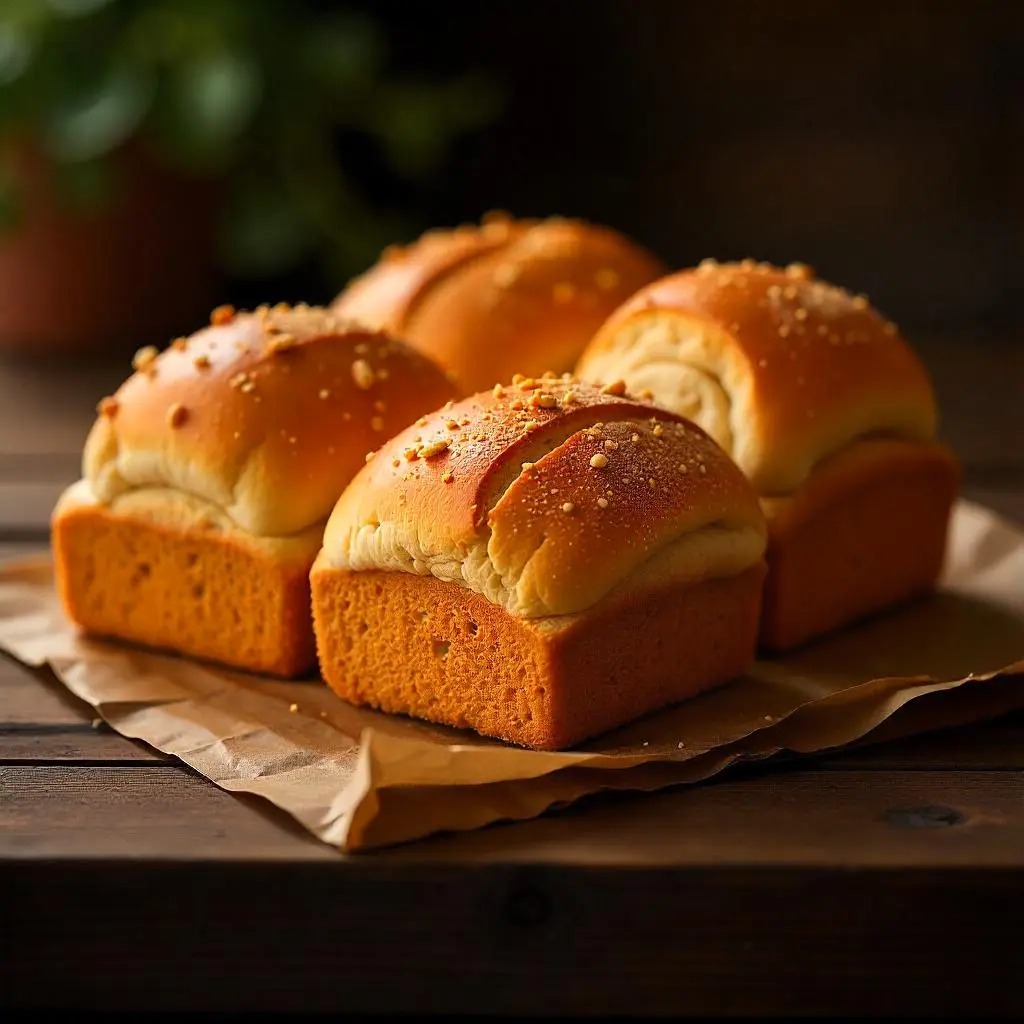
Must-Have Tools
To start, you’ll need a few essential tools. A mixing bowl is necessary for combining your ingredients. A digital scale is also crucial for accurately measuring your ingredients, ensuring consistency in your bread. A dough scraper helps in handling the dough, making it easier to shape and transfer. Lastly, a baking sheet or bread stone is vital for achieving the perfect crust.
Nice-to-Have Accessories
While not essential, certain accessories can enhance your baking experience. A dough proofing basket can help shape your loaf and create a beautiful crust. A bread lame or sharp knife is useful for scoring your bread, allowing it to expand during baking. Additionally, a steam injector for your oven can help achieve a crispy crust by creating a steamy environment.
| Equipment | Purpose |
| Mixing Bowl | Combining ingredients |
| Digital Scale | Accurate measurement |
| Dough Scraper | Handling dough |
| Baking Sheet/Bread Stone | Achieving perfect crust |
Tip #1: Mastering the Art of Proper Flour Measurement
Accurate flour measurement is the foundation upon which great brown bread is built. I’ve learned that even small variations in flour quantity can significantly impact the final product’s texture and flavor.
Weight vs. Volume Measurements
When it comes to measuring flour, there are two primary methods: weight and volume. While volume measurements are more traditional, weighing ingredients is far more accurate. This is because flour can be compressed or aerated, leading to significant differences in the amount of flour in a given volume.
| Measurement Method | Accuracy | Recommendation |
| Volume | Low-Moderate | Use for simple recipes |
| Weight | High | Preferred for precise baking |
The Importance of Sifting
Sifting flour is another critical step in ensuring your brown bread turns out right. Sifting helps to aerate the flour, removing any lumps and incorporating air, which can affect the final texture of your bread.
By combining accurate flour measurement with sifting, you’ll be well on your way to creating delicious, homemade brown bread that’s sure to impress.
Tip #2: The Secret to Perfect Yeast Activation
To bake bread that’s truly exceptional, mastering yeast activation is key. Yeast is a living organism, and its activation is crucial for the fermentation process that gives bread its rise and flavor.
Temperature Control for Yeast
Yeast thrives in a warm, draft-free environment. The ideal temperature for yeast activation is between 100°F and 110°F. Too hot, and you risk killing the yeast; too cold, and it won’t activate properly. To achieve the perfect temperature, you can use warm water or let your mixture sit in a warm place.
Testing Yeast Viability
Before adding yeast to your dough, it’s a good idea to test its viability. Mix the yeast with warm water (around 100°F) and a pinch of sugar. Let it sit for 5-10 minutes. If it becomes frothy and bubbly, your yeast is active and ready to use. If not, it’s time to get fresh yeast.
By controlling temperature and testing yeast viability, you’ll be well on your way to baking flawless homemade bread with the perfect rise and texture.
- Use warm water (around 100°F) for yeast activation.
- Test yeast viability before adding it to your dough.
- Maintain a consistent temperature for optimal yeast performance.
Tip #3: Kneading Techniques for Optimal Texture
To achieve the ideal texture in your brown bread, mastering kneading techniques is essential. Kneading is a process that develops the gluten in the dough, giving bread its structure and texture.
Hand Kneading Methods
Hand kneading is a traditional method that allows for a great deal of control over the dough. To knead by hand effectively, start by placing the dough on a lightly floured surface. Then, using the heel of your hand, push down on the dough, folding it back onto itself. Rotate the dough 90 degrees and repeat. This process should be continued for about 10 minutes, until the dough becomes smooth and elastic. Proper hand kneading can significantly improve the texture of your brown bread recipe.
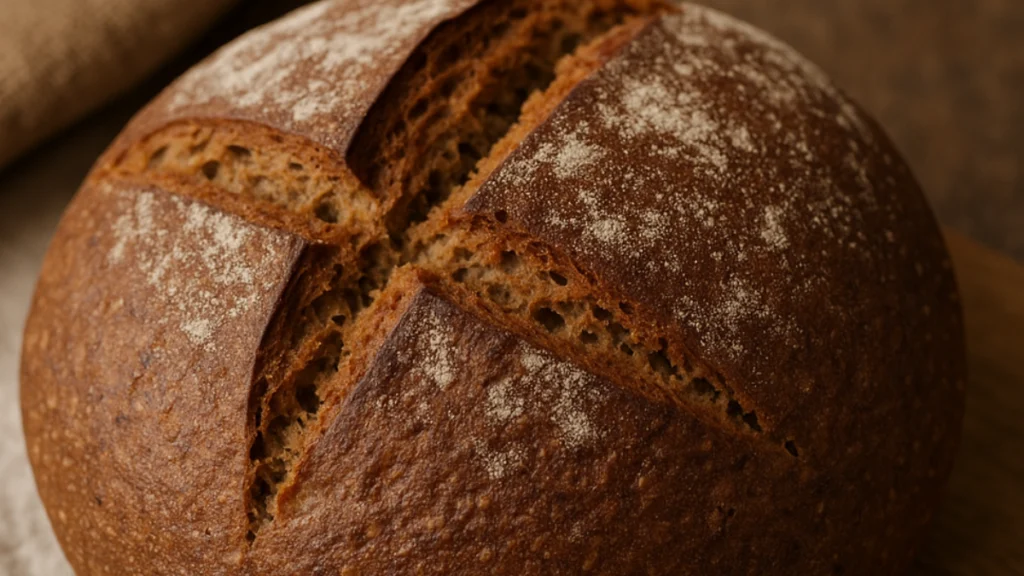
Machine Kneading Tips
For those who prefer a more modern approach, using a stand mixer with a dough hook attachment can simplify the kneading process. To knead with a machine, combine your ingredients in the mixer bowl and use the dough hook to knead for about 5-7 minutes, or until the dough is smooth and elastic. It’s crucial to monitor the dough’s consistency during machine kneading, as overworking can lead to a dense loaf. Adjusting the kneading time based on your machine’s power and your dough’s consistency is key.
Regardless of the method you choose, the goal of kneading remains the same: to develop the gluten in the dough to create a bread that is both chewy and tender. By mastering kneading techniques, you’ll be well on your way to baking a superior brown bread recipe that will impress anyone.
Tip #4: My Foolproof Brown Bread Recipe Step-by-Step
In this section, I’ll walk you through my simple yet effective homemade brown bread recipe, step by step. With this guide, you’ll be able to create a delicious loaf that’s perfect for any occasion.
Mixing the Dough
To start, combine 2 cups of whole wheat flour, 1 cup of all-purpose flour, 1 teaspoon of salt, and 1 tablespoon of sugar in a large mixing bowl. Use a wooden spoon or a stand mixer to mix these dry ingredients together. Then, add in 1 cup of warm water and 2 tablespoons of olive oil. Mix until a shaggy dough forms.
- Use a high-quality flour for the best results.
- Make sure the water is not too hot or too cold.
First Rise: Patience is Key
Place the dough in a lightly oiled bowl, cover it with plastic wrap or a damp cloth, and let it rise in a warm, draft-free place. Let it rise for about an hour, or until it has doubled in size. This step is crucial for developing the bread’s texture and flavor.
Shaping Your Loaf
Once the dough has risen, punch it down to release any air bubbles. Then, shape it into a round or oblong loaf. Place the shaped loaf onto a baking sheet lined with parchment paper. Make sure to leave enough space between loaves if you’re baking multiple loaves.
- Gently shape the dough to avoid over-working it.
- Let the shaped loaf rest for a few minutes before proceeding.
Second Rise and Baking
Cover the shaped loaf with a clean towel and let it rise for another 30-45 minutes, or until it has puffed up slightly. Then, preheat your oven to 375°F (190°C). Bake the loaf for 35-40 minutes, or until it’s golden brown and sounds hollow when tapped on the bottom.
- Keep an eye on the loaf during the baking time, as oven temperatures can vary.
- Let the bread cool on a wire rack before slicing.
Tip #5: Achieving the Perfect Crust
The crust is a defining feature of a great loaf, and I’m excited to share my fifth tip on how to get it just right. A perfect crust is not just about aesthetics; it also adds texture and flavor to your homemade brown bread.
Steam Techniques for Crusty Bread
One of the secrets to achieving a crusty bread is using steam. Steam helps to create a crispy crust by delaying the setting of the crust, allowing the bread to expand fully. You can achieve this by using a steamy oven or a Dutch oven. Simply preheat your oven with a pan of water or a Dutch oven inside, then bake your bread with the steam.
Egg Wash and Topping Options
Another way to enhance your crust is by using an egg wash or various topping options. An egg wash gives the bread a golden brown color and a glossy finish. You can also try topping your bread with sesame seeds, poppy seeds, or even chopped nuts for added texture and flavor. Experiment with different combinations to find your favorite.
By incorporating these techniques into your perfect loaf baking tips, you’ll be well on your way to creating a delicious homemade brown bread with a perfect crust.
Tip #6: Troubleshooting Common Brown Bread Problems
With these troubleshooting tips, you’ll be well on your way to baking perfect brown bread every time. Even with a great recipe, issues can arise, but knowing how to address them can make all the difference in your baking success.
Dense or Heavy Loaves
A dense loaf can be disappointing, but it’s often due to simple issues like overmixing the dough or incorrect yeast activation. To avoid this, ensure you’re measuring ingredients accurately and not overworking the dough during kneading. Using the right type of flour for your recipe is also crucial.
| Cause | Solution |
| Overmixing | Mix ingredients just until they come together |
| Insufficient Yeast Activation | Check yeast viability and use warm water |
Crust Issues
Crust issues, such as a too-hard or too-soft crust, can be adjusted by tweaking your baking technique. Steam during baking can help create a crispy crust, while adjusting the baking time can prevent overcooking.
Flavor Adjustments
If your brown bread lacks flavor, consider enhancing it with herbs, nuts, or seeds. Adjusting the type or amount of sweetener can also impact the flavor profile. Experimenting with different flours, like whole wheat or rye, can add depth to your bread.
Tip #7: Storage and Serving Suggestions
After baking the perfect loaf, the next challenge is keeping it fresh and finding new ways to enjoy it. As an expert in bread baking, I’ve learned that proper storage and creative serving ideas are just as important as the baking process itself.
Keeping Your Bread Fresh
To keep your brown bread fresh for longer, store it in a cool, dry place. Once the bread is completely cool, wrap it in a paper bag or a clean cotton cloth. Avoid using plastic bags, as they can make the crust soggy. If you won’t be consuming the bread within a few days, consider freezing it. Simply wrap the loaf tightly in plastic wrap or aluminum foil and store it in the freezer. When you’re ready to eat it, thaw the bread at room temperature or reheat it in the oven to restore its freshness.
Delicious Serving Ideas
Brown bread is incredibly versatile and can be served in numerous ways. Try slicing it and serving with olive oil and balsamic vinegar for a simple, yet elegant appetizer. You can also use it to make hearty sandwiches or toast it for a crunchy snack. For a sweet treat, top toasted brown bread with almond butter and banana slices. The nutty flavor of brown bread pairs well with a variety of cheeses, making it a great addition to any cheese platter.
Conclusion: Your Journey to Artisan Brown Bread
Now that you’ve learned the secrets to baking the perfect loaf, it’s time to put your new skills to the test. With these easy brown bread instructions, you’ll be well on your way to creating delicious homemade bread that’s sure to impress. Remember, practice makes perfect, so don’t be discouraged if your first loaf isn’t flawless – it’s all part of the journey to mastering flawless homemade bread tricks.
As you continue to bake, you’ll develop your own techniques and preferences, and you’ll be able to experiment with new ingredients and recipes. The key is to be patient and enjoy the process. With time, you’ll become a skilled bread baker, and your homemade loaves will be the envy of friends and family.
So, get baking and start your journey to artisan brown bread today! With these tips and a bit of practice, you’ll be baking like a pro in no time. Happy baking!
FAQ
What is the best type of flour to use for homemade brown bread?
I recommend using whole wheat flour or a combination of whole wheat and all-purpose flour for a delicious and nutritious brown bread. You can also experiment with other types of flour, such as rye or oat flour, to create different flavor profiles.
Why is my brown bread dense or heavy?
A dense or heavy loaf can be caused by overmixing the dough, using too much flour, or not allowing the dough to rise properly. Try adjusting your recipe and technique to achieve a lighter texture. You can also check out my troubleshooting tips for more guidance.
How do I store homemade brown bread to keep it fresh?
To keep your brown bread fresh, store it in a cool, dry place, such as a bread box or pantry. You can also wrap it in plastic wrap or aluminum foil and store it in the refrigerator for up to 5 days. For longer storage, consider freezing your bread.
Can I use a bread machine to make brown bread?
Yes, you can use a bread machine to make brown bread. Simply follow the manufacturer’s instructions for ingredient quantities and machine settings. Keep in mind that bread machine recipes may vary from traditional recipes, so you may need to adjust the ingredients and settings to achieve the best results.
How do I achieve a crusty brown bread?
To achieve a crusty brown bread, try using steam techniques, such as baking the bread in a steamy oven or using a Dutch oven. You can also brush the bread with an egg wash or water before baking to enhance the crust.
What are some common mistakes to avoid when baking brown bread?
Common mistakes to avoid when baking brown bread include overmixing the dough, using too much yeast, and not allowing the dough to rise properly. You can also avoid using low-quality ingredients and not following the recipe carefully. Check out my tips for perfect loaf baking for more guidance.
Can I customize my brown bread recipe with additional ingredients?
Yes, you can customize your brown bread recipe with additional ingredients, such as nuts, seeds, or dried fruit. Feel free to experiment with different ingredients to create unique flavor profiles and textures. Just be sure to adjust the recipe accordingly to ensure the best results.
